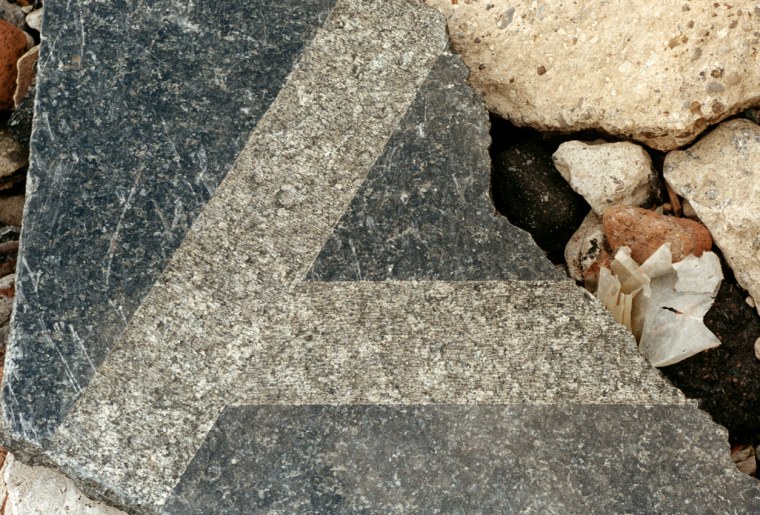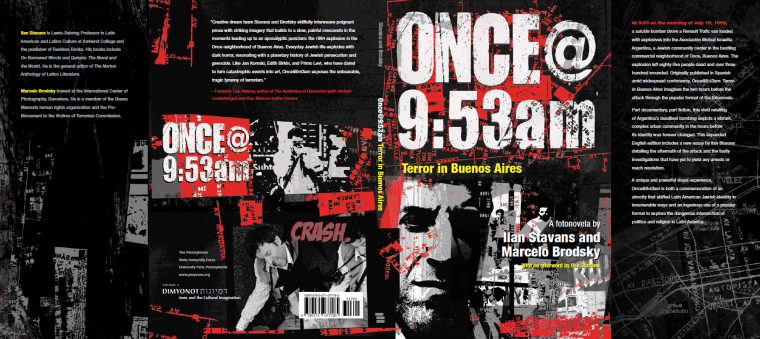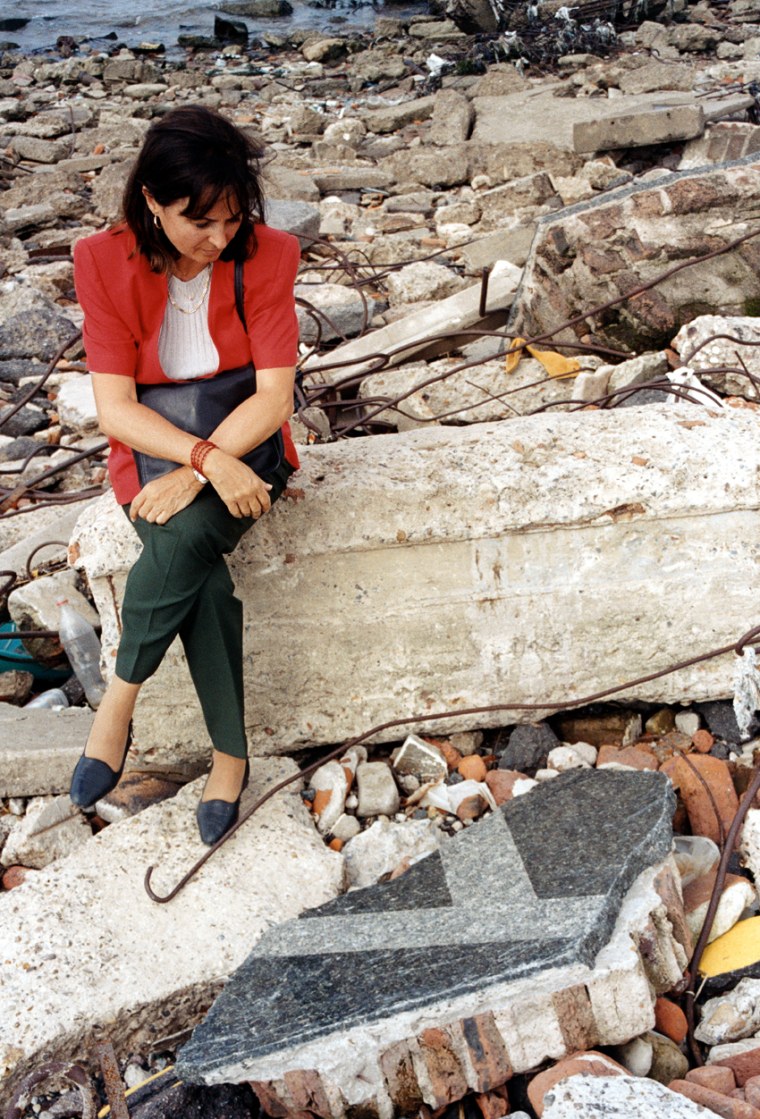On the 22nd anniversary of a deadly bombing in a Buenos Aires Jewish community center, one of the creators of a photo book to be published in October says that remembering the attack and its aftermath is essential in a case that is still not resolved and has profoundly affected Latin America's largest Jewish community.
On July 18, 1994, at 9:53 am, a suicide bomber drove a van filled with explosives into the AMIA (Argentine Israelite Mutual Association) Jewish community center in Buenos Aires. The blast, which is Argentina’s deadliest bombing, killed 85 people and injured 300.

The AMIA case has been marred by controversy. In 2015, the top investigator, prosecutor Alberto Nisman, was found dead hours before he was going to testify to Congress. He was alleging that then President Cristina Fernandez de Kirchner and Foreign Minister Hector Timerman were trying to block his investigation to protect Iranian officials — who Nisman said were involved in the bombing — in order to secure trade deals with Iran.
It has not been determined if Nisman's death was a murder or a suicide though the government initially said it was a suicide. Nisman's charges against the former president have been dismissed by a judge.
Now, more than two decades later, Mexican-American scholar and professor Ilan Stavans has teamed up with Argentinean photographer and human rights activist Marcelo Brodsky and the Penn State University Press to publish the English translation of Once@9:53am, a photo book that stirred controversy when it first came out in Spanish in the form of a "fotonovela."
The book reflects on the aftermath of the bombing and how it has affected Argentinean Jews — Latin America's largest Jewish population. When it came out in Spanish in the form of "fotonovela." The book reflects on the aftermath of the bombing and how it has affected Argentinean Jews.

“We wanted to reconstruct a normal day in the Jewish neighborhood of Buenos Aires,” Brodsky told NBC Latino in a phone interview. “Only the last pages show the bombing. But we hope that through the action of remembering, through fiction, photography and art, we can change the culture to some day bring justice for the case of AMIA.” For example, a video lacing the music of 100 noted musicians is one of the tributes in honor of the victims.
Brodsky and Stavans hope to do the same through the book.
El Once, the Jewish neighborhood where the bombing happened, could resemble any American city with large immigrant populations. Armenians, Chinese, Koreans, Peruvians, Poles, Russians and Jews, among others, have transformed this Buenos Aires neighborhood into a melting pot.
The photo book uses the city’s history and the story of the bombing to describe how tragedy can unearth deep roots that connect Argentina with New York, and the rest of the world.
“It takes its name from September 11, 1852, which is when Buenos Aires became independent,” says the fictional narrator of the photo book. “Yes, every nation has its own 9/11. The crucial momento (moment)—the wound—when it recognizes its vulnerability before everyone else.”

For some Argentinean Jews like Brodsky, the AMIA bombing was a staging, a precursor for similar attacks like 9/11 in New York. The photo book uses the diameter of the explosion as a metaphor to explain the ripple effects and how people who might otherwise feel disconnected are impacted.
“Depending on the materials used in a small bomb, of the type made by suicide bombers, the circumference delineated by the explosion is approximately seven meters, the equivalent of almost twenty-three feet,” writes Stavans in the photo-book’s afterward. “But the circles of pain created around it are far wider, so wide as to build a kind of onion-like structure whose limits are impossible to ascertain."
One of these “circles of pain” coincidentally reached Brodsky in 2001. The photographer is a founder of Remembrance Park in Buenos Aires, a memorial for the 30,000 victims of Argentina’s Dirty War (1976-1983). Among those missing are Brodsky’s brother Fernando and over 1,900 Jews.
While at Remembrance Park, Brodsky found pieces of granite from the AMIA building that were dumped as landfill in the park. Suddenly, the photographer saw an intellectual connection between the Dirty War and the AMIA bombing.
“In the same place where I was remembering my brother, I found these pieces of granite, and everything got mixed for me as a Jew and victim of the dictatorship,” said Brodsky.
Brodsky and Stavans hope that the photo book inspires readers to push beyond the nearsightedness of everyday life and see the onion-like circles that connect them with others.
